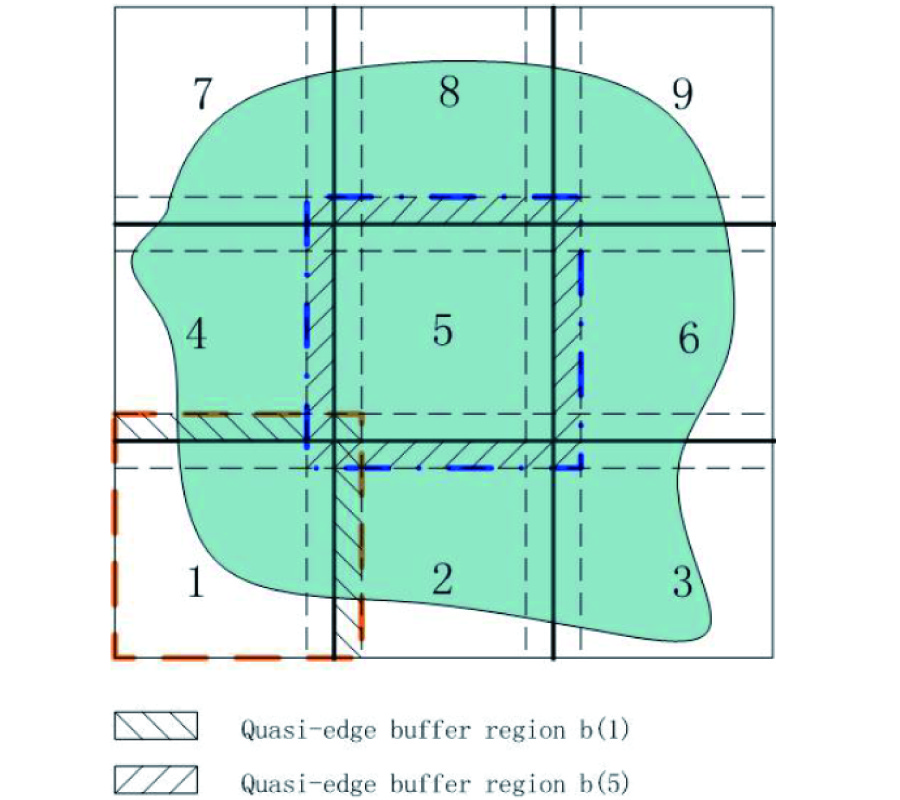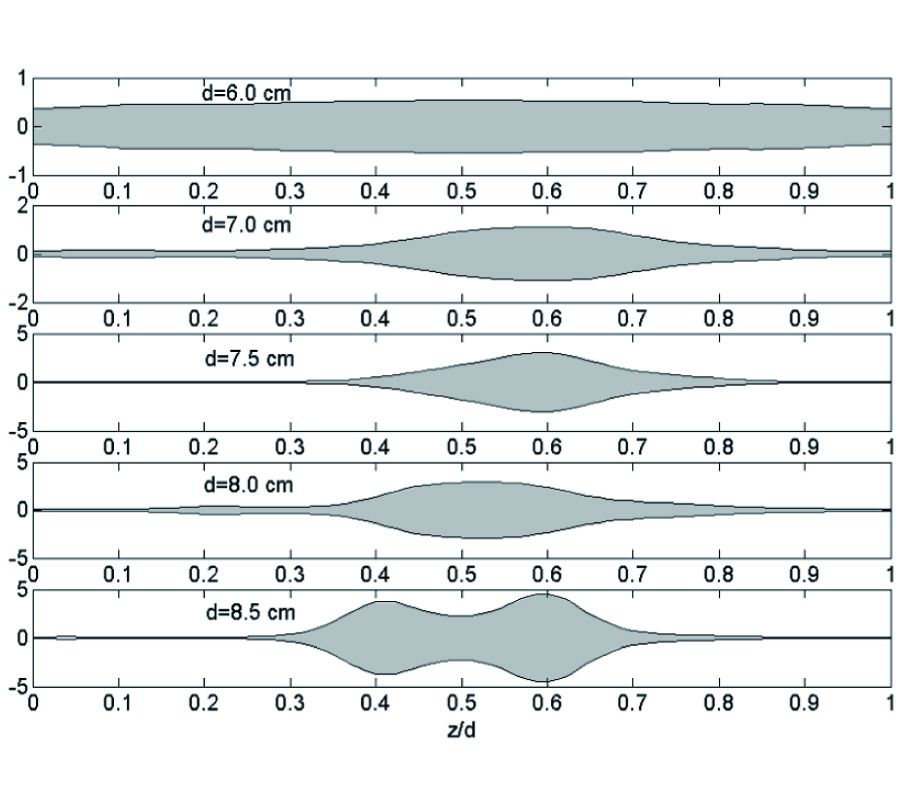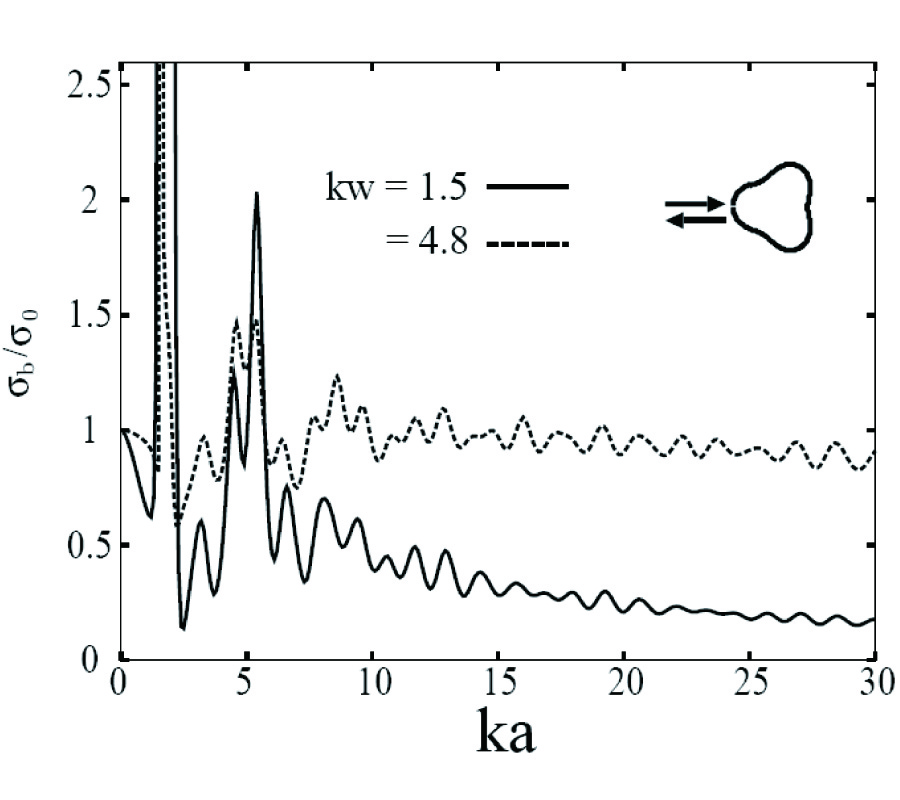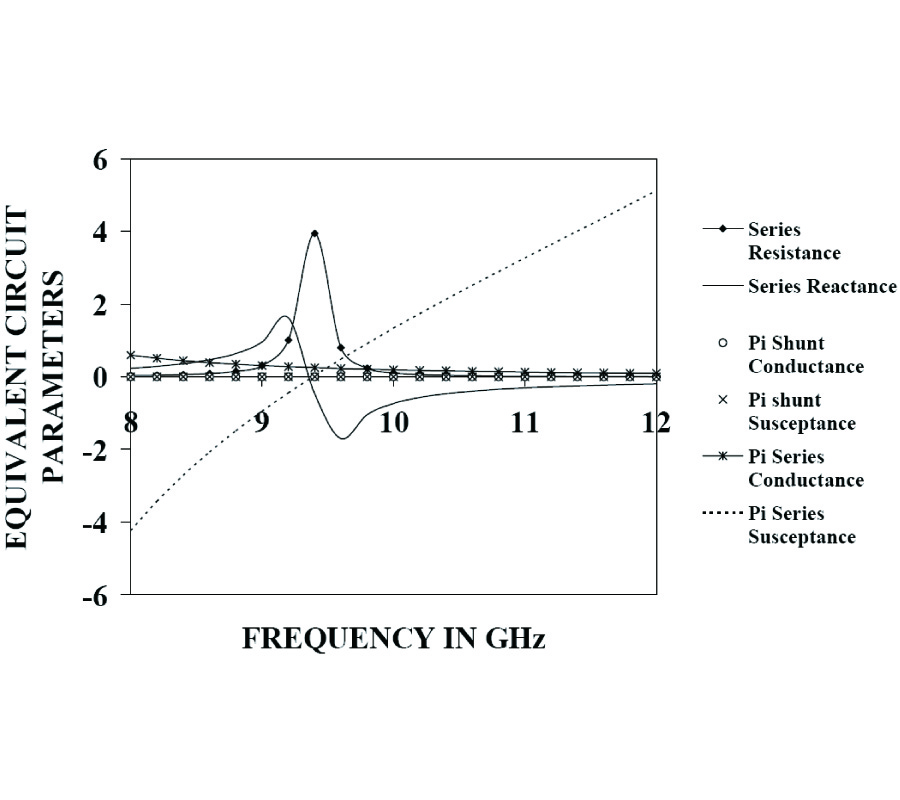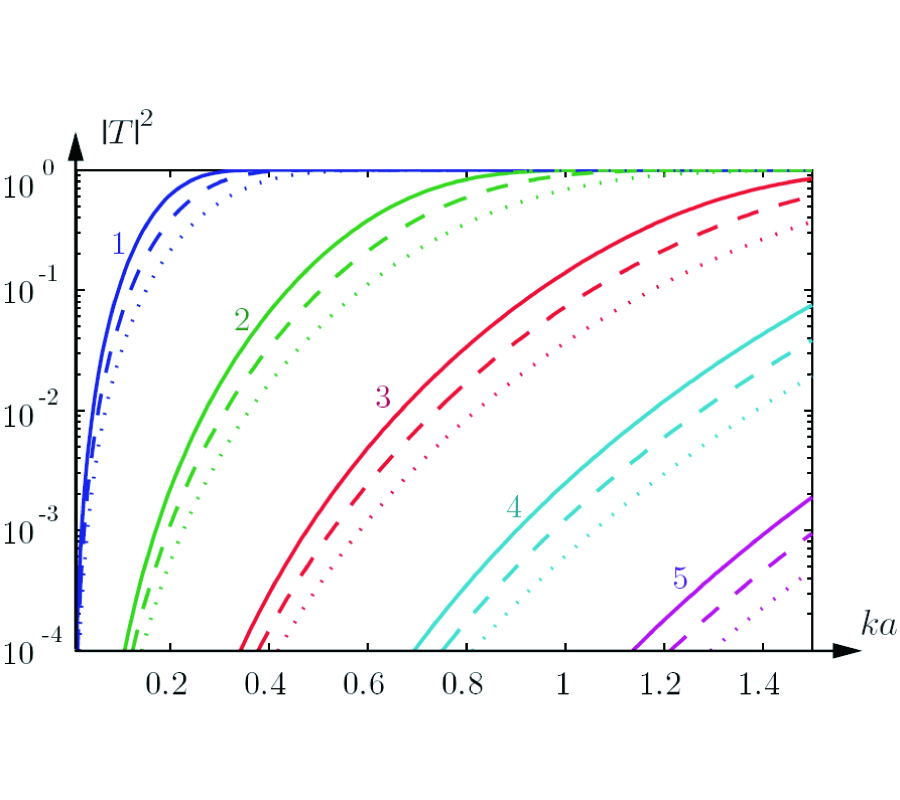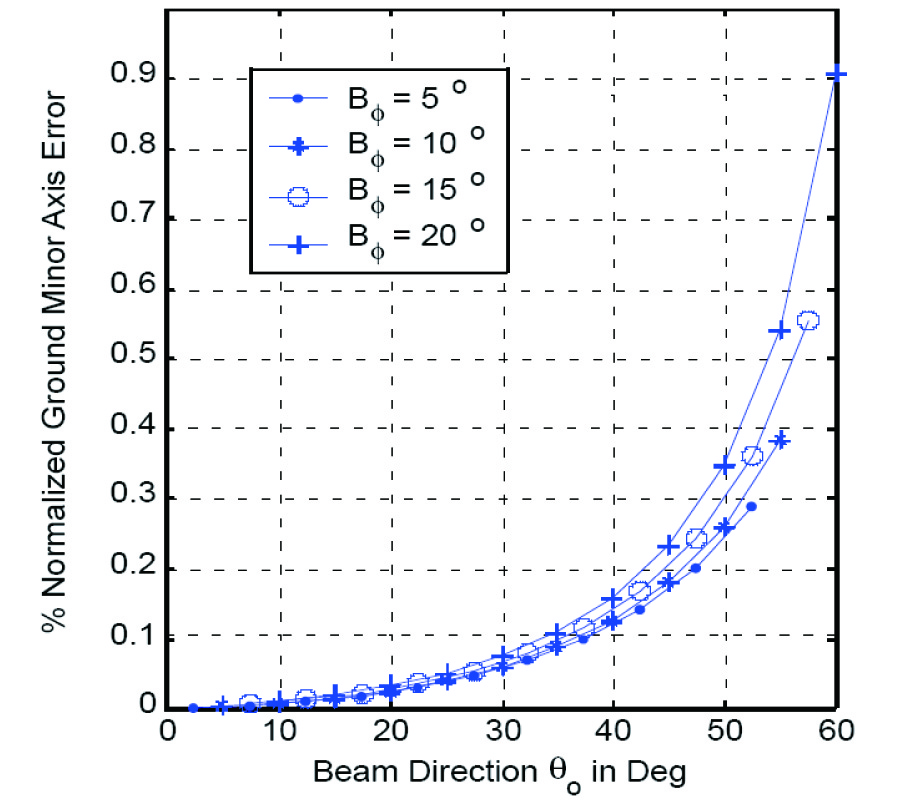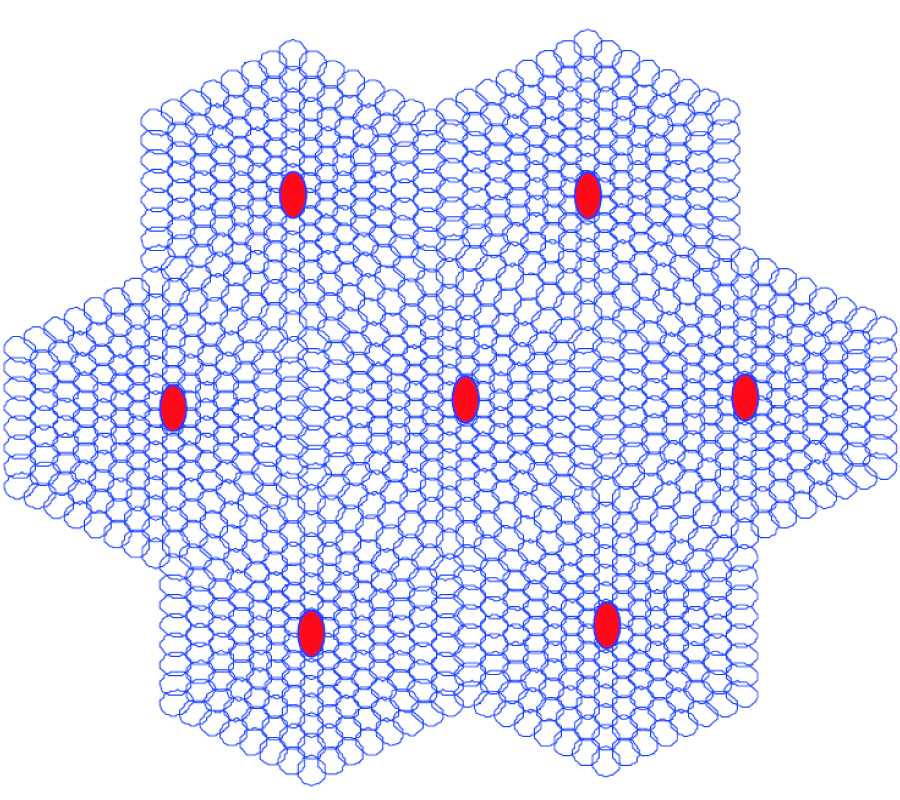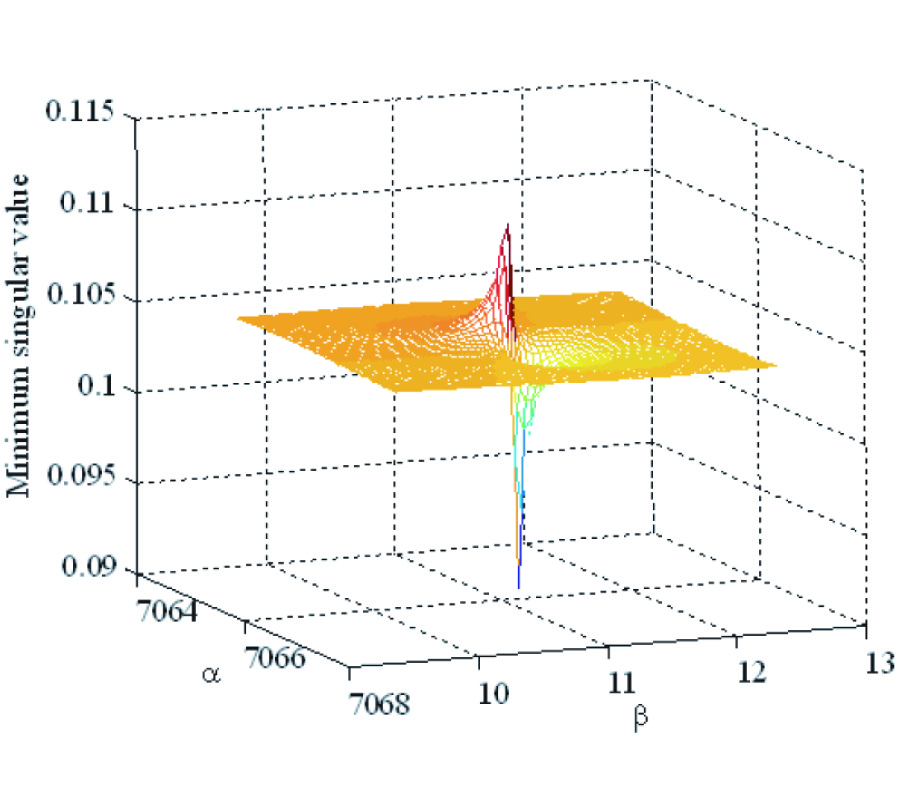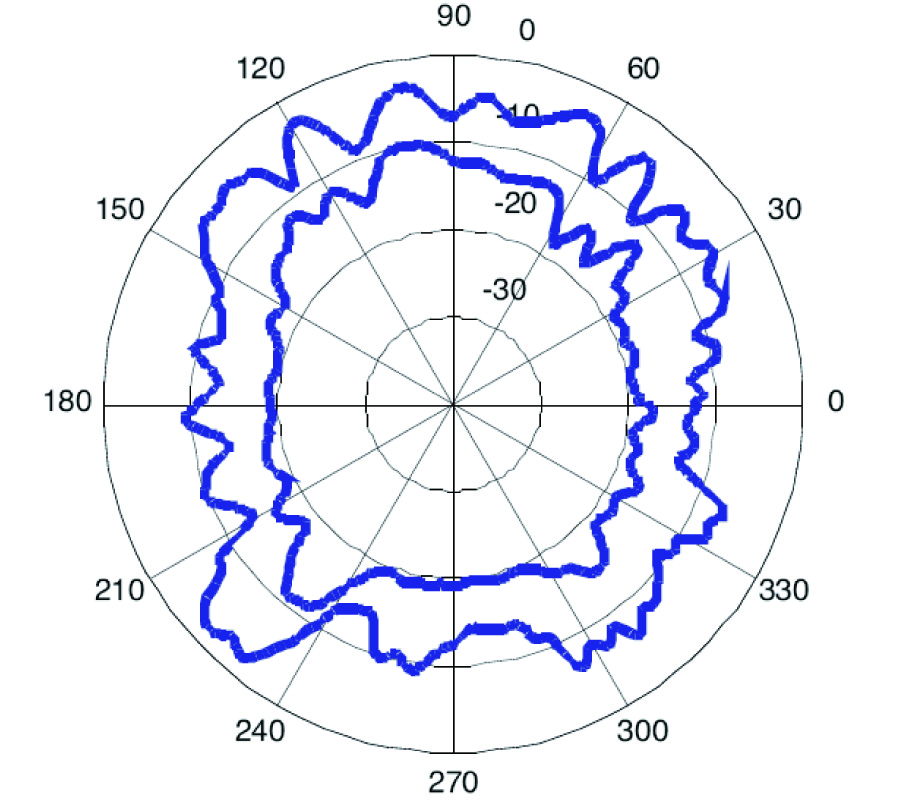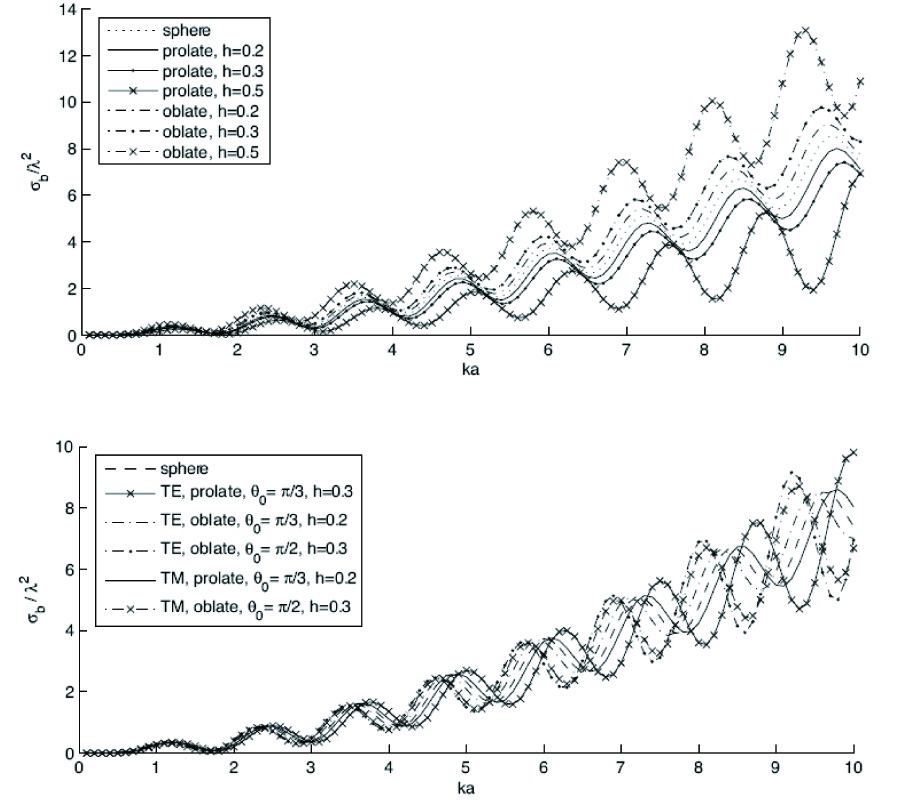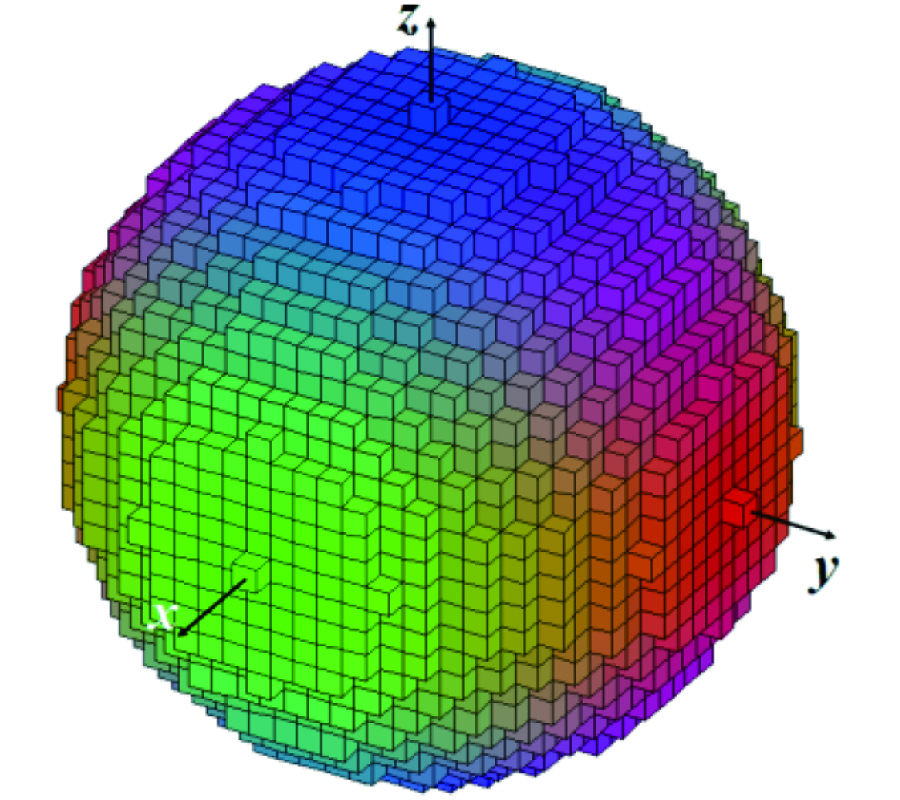A Rapidly-Convergent, Mixed-Partial Derivative Boundary Condition Green's Function for an Anisotropic Half-Space: Perfect Conductor Case
John Jarem
The problem of determining the Green's function of an electric line source located in a permeable, anisotropic (Ëœμxx, Ëœμxy, Ëœμyx, Ëœμyy and Ëœεzz nonzero interacting parameters) half-space above a Perfect Magnetic Conductor (PMC) ground plane (called the TMz case herein) for the case where image theory cannot be applied to find the Green's function of the PMC ground plane system has been studied. Monzon [2, 3] studied the Green's function TEz problem dual to the present one for two cases; (1) when the system was unbounded, anisotropic space where Ëœεxx, Ëœεxy, Ëœεyx, Ëœεyy and Ëœμzz were the nonzero interacting parameters; and (2) when the scattering system was an anisotropic half-space located above a Perfect Electric Conductor (PEC) ground plane and where Ëœεxx, Ëœεyy and Ëœμzz were the nonzero interacting parameters and Ëœεxy = Ëœεyx = 0. Monzon [2] referred to the latter ground plane case as the case where "usual image" theory could be used to find the Green's function of the system. The Green's function for the TMz-PMC case studied herein was derived by introducing and using a novel, linear coordinate transformation, namely Ëœx = (σP /Ï„)Ëœx + σMËœy, Ëœy = Ëœy, (Eqs. (6c,d), herein). This transformation, a modification of that used by [2, 3], reduced Maxwell's anisotropic equations of the system to a non-homogeneous, Helmholtz wave equation from which the Green's function, G, meeting boundary conditions, could be determined. The coordinate transformation introduced was useful for the present PMC ground plane problem because it left the position of the PMC ground plane and all lines parallel to it, unchanged in position from the original coordinate system, thus facilitating imposition of EM boundary conditions at the PMC ground plane.
In transformed (or primed) coordinates, for the TMz-PMC and TEz-PEC ground plane problems, respectively, the boundary conditions for the Green's functions GTM ≡ Ez and GTE ≡ Hz were shown to be [α*(∂G/∂˜x) + (∂G/∂˜y) |Ëœy=0 = 0, where G = GTM or GTE, α = αTM or αTE, where αTM and αTE are complex constants (dually related to each other by Ëœμ ↔ Ëœε), and where Ëœy' = 0 is the position of the ground plane. An interesting result of the analysis was that the constant αTE (as far as the author knows) coincidently turned out to be the same as the first of two important constants, namely S1(dlv/dl) and S2(dlv/dl), which were used by Monzon [2, 3] to formulate integral equations (based on Green's second theorem) from which EM scattering from anisotropic objects could be studied. Spatial Fourier transform (k-space) techniques were used to determine the Green's function of the Helmholtz wave equation expressed in transformed coordinates which satisfied the mixed-partial derivative boundary condition of the system. The Green's function G was expressed as a sum of a "free space" Green's function gf (proportional to a Hankel function H(2)0 and assumed excited by the line source in unbounded space) and a homogeneous Green's function g whose spectral amplitude was chosen such that, when g was added to gf , the sum G = gf + g, satisfied boundary conditions. The k-space, Sommerfeld integrals making up g turned out to converge slowly, and so, using contour integration in the complex plane (Appendix B), g was expressed in a rapidly convergent form, and thus one leading to its practical numerical evaluation. Extensive numerical testing of how well the Green's functions G = gf + g satisfied boundary conditions and how well the homogeneous Green's function g satisfied Green's second theorem was performed. Excellent verification of the numerical and analytical procedures were found and displayed in the error tables of Tables 1-4 of the paper. Plots illustrating the novel coordinate transformation introduced were presented and several numerical plots of the Green's function developed herein were presented. The application of the present work to find the Green's function for the case when a negative-index, anisotropic metamaterial is adjacent to a conducting ground plane is discussed. Application of the Green's function theory developed herein to multi-layer anisotropic systems is discussed.
